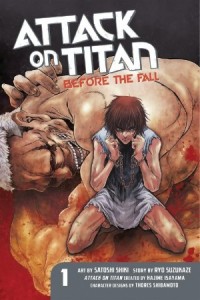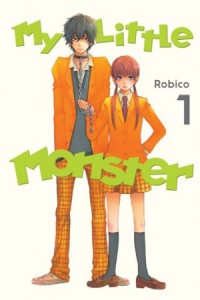By Eiichiro Oda. Released in Japan by Shueisha, serialization ongoing in the magazine Weekly Shonen Jump. Released in North America by Viz.
Sometimes you’re reading a manga and you get to one page, or even just one particular panel, that makes you grin so hard and flail around because it perfectly encapsulates everything about that series into one compressed image of fabulous. For One Piece 70, it was, believe it or not, Law giving his sandwich preferences. After everyone is setting sail again, Luffy demands food, which Sanji notes will be sandwiches today. The crew start giving their preferences, and Law briefly joins in, noting how he doesn’t want bread. He them stops and gasps, horrified. THEY’VE SUCKED HIM IN.
Once again we see in this volume how Luffy and his crew are different from the norm. They’re contrasted with the other pirates elsewhere in the world, particularly Donflamingo. They don’t want power as such (Luffy wants to beat the Four Kings, but it’s not so that he can take their domain away, it’s for the thrill). They don’t abuse, kill, or sexually assault anyone. They are the idealized kid version of a pirate, only actually making it happen. As the Marines note, they have to constantly belittle them and talk about how evil they are, as if they didn’t the Straw Hats would be far too easy to love.
This volume wraps up Punk Hazard, so as you’d expect there’s a lot of sections where the crew does awesome things. Usopp and Nami both get to show off (it’s even lampshaded, as Law talks about how they don’t have time to fool around, then later shows his grudging respect after they both do exactly what they bragged they would), Zoro gets to cut things, and of course Luffy gets to punch Caesar Clown into next week. As I sort of expected, the deadly poison gas is not quite as immediately deadly as it looks, so we were even able to rescue the marines who were hit by it. It calls for an arc-ending giant party, this time with Straw Hats and Marines, however grudgingly.
There’s a nice scene here where Tashigi begs Nami to be allowed to take care of the recovering children, and Nami agrees to it, noting she has a soft spot for ‘lady sailors’. I like that Bellemere and her upbringing is still very much a part of her life, and it helps to make sense of some of Nami’s maternal attitude during this arc – we’re not sure of all the details about her early childhood, but she and Nojiko were adopted, so seeing these kidnapped children probably spoke to her on that level.
So now we’re off to a new adventure, this time on the island of Dressrosa. Law and the captured Caesar are coming with the crew, however, and this is an island that Donflamingo already controls. We also get a harrowing shot of him beating Smoker nearly to death (hello, Aokiji cameo! Please arrive in the nick of time more) just to show how badass he is. Is the combination of Luffy and Law enough to stop Donflamingo? Well, yeah, probably. But can it stop… a TOURNAMENT ARC? (shudder)
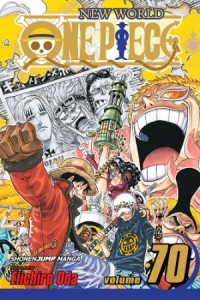
 ASH: There’s a
ASH: There’s a 









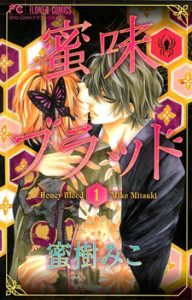
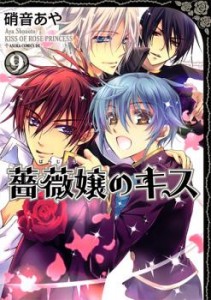
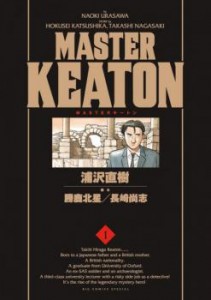

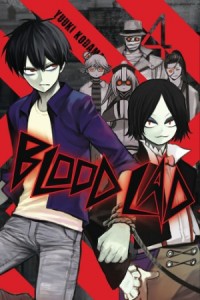






 SEAN: There’s a
SEAN: There’s a 



